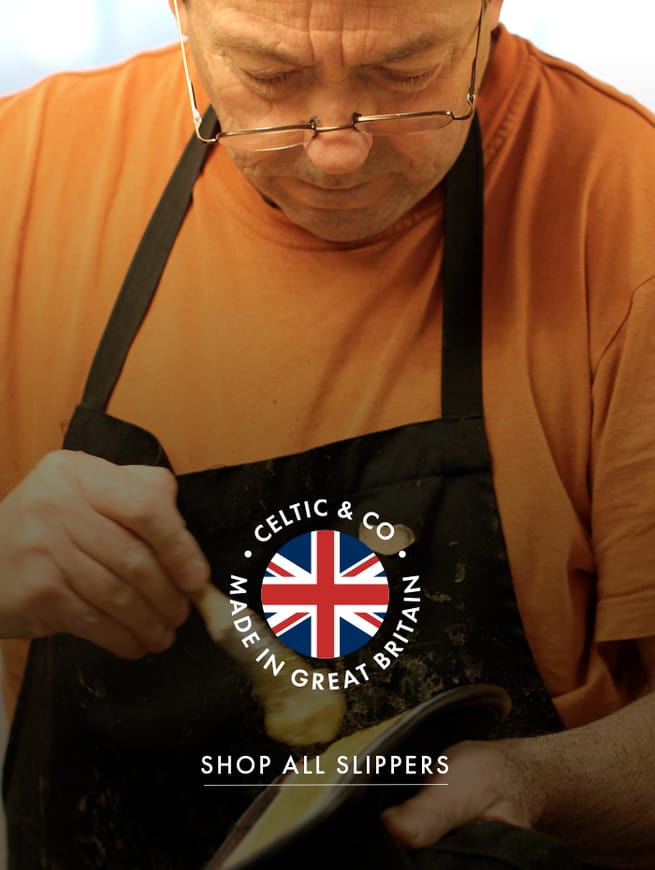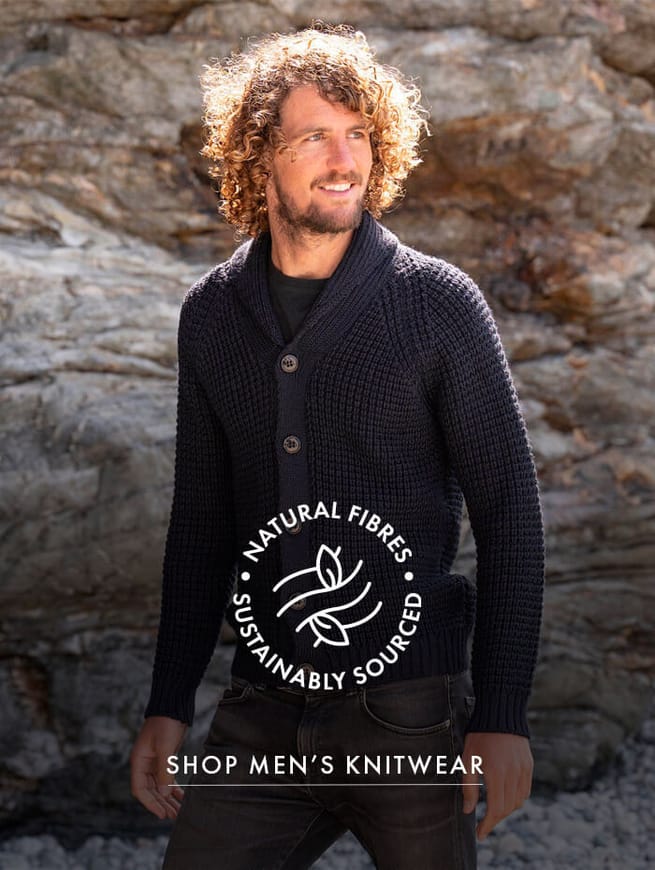What is slow fashion?
Over the last two decades or more, fast fashion has dominated the industry. The term ‘fast fashion’ was first used by the New York Times in 1990 to describe the clothing chain Zara, when its first US store opened. Now, fast fashion is generally defined as the production or reproduction of highly fashionable clothes at high speed and low cost.
Slow fashion is the opposite of this. Slow fashion is a movement which rejects the principles of fast fashion and advocates a more thoughtful and sustainable approach to clothing that includes using sustainable materials, bringing out fewer lines and making garments that last. Some definitions include ethical concerns such as human rights, fair pay and fair trade.

What does slow fashion mean for us?
Here at Celtic & Co, we are all about 'slow fashion' and getting the most out of your clothing. The majority of our collections are crafted right here in the UK, in wearable tones and are inspired by our unique Cornish landscape. We've been flying the flag for renewable and sustainable slow fashion since we started, 28 years ago. We create investment clothing for your wardrobe, pieces for life, rather than throw-away styles just for the now. We use all-natural fibres where ever possible, that are sustainable, unlike acrylic and polyester, which are polluting our oceans and water supply by releasing microfibres every time you wash.
Sustainable Materials
Fast fashion is also known as throwaway fashion, as many garments are made and bought for single use. The vast majority of items of clothing that come from fast and throwaway fashion brands are made of man-made fibres such as polyester and acrylic, which are cheap to make, however, these fibres are made of oil-based plastics, which releases micro-plastic fibres into the environment every time they are washed. In fact, according to the Enviro Audit Committee, 700,000 fibres are released in a single domestic wash. When clothing goes to landfill, those made of synthetic fibres, don't breakdown like apparel made from natural materials do. It does have to be acknowledged that, fast and throw away fashion has played an important part, at least in the West, in democratising fashion, however it has come at a high environmental cost.
At Celtic & Co, we use natural materials such as wool, cotton, linen, leather and sheepskin. Many of these materials are sustainable and some like sheepskin and leather are a by-product of the meat industry and instead of it going to waste, we use it to create boots, slippers, accessories, bags and rugs. We also try and ensure wherever possible that our materials either come from the UK or Europe. Many of our products are made in the UK and our boots and slippers are made in Newquay, Cornwall.
Clothing that lasts
One of the main principles of the slow fashion movement is creating and buying clothing that will last for years. That means using high-quality materials and paying a little more for your clothing. However, the likelihood is that the cost per wear would be much lower, as you'd wear the garment, again and again, season after season. When we design our clothing, we aim to create a piece that will last the test of time, when it’s cared for well.
Repair and mend
Another principle of the movement is the mantra of ‘make do and mend.’ This generally means making the most of what we have and repairing our clothing and shoes before buying replacements. When it comes to our boots and slippers, we have a repair workshop that will resole and repair your Celtic & Co Footwear.
Why slow fashion? - Fashion industry statistics
It is estimated that the fashion industry emits more greenhouse gasses than all world air travel and textile dying is the second largest polluter of clean water globally (agriculture is number one). In the UK, the fashion industry is said to be worth £28bn to the economy and this country has one of the highest levels of apparel consumption in Europe. The result of this is that 235m items of clothing are sent to landfill per year, and according to the BBC documentary The Price of Fast Fashion, it is estimated that the life of a garment in the UK is 2.2 years.
This, of course, is not sustainable, and it is for this reason that the slow fashion movement was born and why its gaining momentum - people are more aware of the environmental impact of their choices. It's time to slow down and change our buying habits. The problems surrounding fashion pollution is a complex one that takes in a whole myriad of issues; however, one of the best things we can do is to buy better quality clothing and shoes that last longer, make do and mend.












